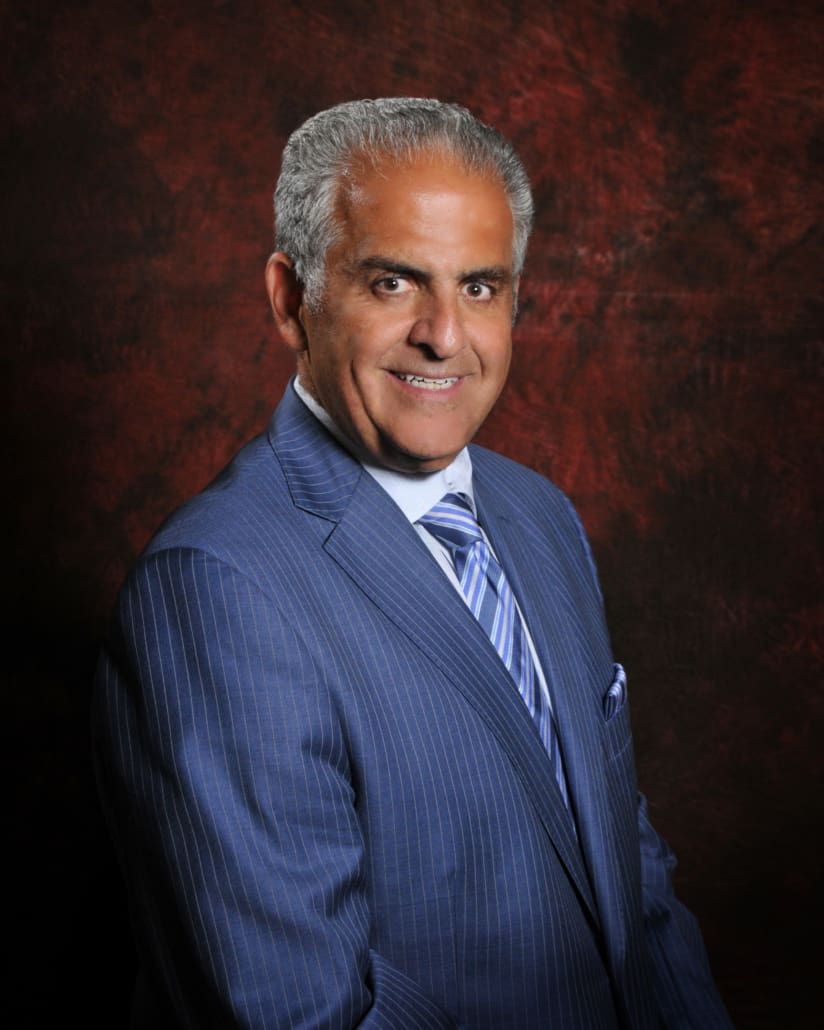Corporate greed, regulatory failures responsible for hundreds of deadly big rig accidents each year, BKM is fighting to make the roads safer by holding truckers accountable

Since MahoningMatters offered me the opportunity to grace their website with this column each week, I’ve addressed everything from COVID to corruption, distracted driving to democracy and dozens of topics in between. But if pressed to pick the most important subject I write about, is highlighting the role personal injury attorneys and the civil justice play in saving lives, preventing injuries, and making our nation and our world safer places to live, work, travel, and play would be numero uno on my list.
Over the years I’ve shined a spotlight on exploding Pintos, Boeing’s fatally flawed Max 8, lethal medical devices and drugs, cigarettes, and myriad other products and practices that sowed carnage, death, and destruction across the land. As my regular readers know, there is a common thread that runs through these largely avoidable tragedies. They were all the result of corporate greed, cost-benefit analyses that placed corporate profits above the value of human life, regulatory failures, secrecy and lies, suppression and persecution of whistleblowers, as well as influence peddling and lobbying by business interests and trade groups.
And there is one additional point of commonality: the human toll associated with each of these deplorable episodes: the number of people hurt and killed would have been exponentially higher if lawyers like me, my partners, and the other members of the trial bar had not taken on the difficult and expensive task of suing the largest corporations in the world and winning large settlements for victims and families that forced businesses to make products safer or remove them from the market altogether.
I’m revisiting the topic today because America’s Dangerous Trucks, a recent episode of PBS’ outstanding Frontline documentary series clearly shows that corporate greed and the other factors that have put Americans needlessly at risk for decades are at play in the trucking industry. The film opens at the side of the road near the spot where 16-year-old Riley Hein burned to death when his car slid under and was pinned beneath the back wheels of a 40” trailer.

After losing Riley, his father Hunter learned what we do in the course of the documentary: Riley and the hundreds like him who perish in what are known as “underride” crashes each year did not have to die. Those killed include Marianne Karth’s daughters AnnaLeah and Mary who lost their lives when the car in which they were riding was pushed under one truck after being hit by another. In the wake of the tragedies the families found that the trucking industry had been battling against underride crash safety measures proposed by the National Highway Transportation Safety Administration (NHTSA) since 1981.
They also discovered that NHTSA, like the Federal Aviation Administration (FAA) which is responsible for aviation safety, is a captive agency controlled and dominated by the very industries it is charged with regulating and that NHTSA uses an economic formula to determine whether to impose new safety standards. If the cost equals more than $12.5 million for each life saved, it won’t be adopted. That’s the same type of cost-benefit analysis Lee Iacocca and Ford made when they decided to sell exploding Pintos.
I hope you share my disgust with the fact that the price of a human life was calculated by the government agency that is supposed to keep our highways safe rather than a profit-driven corporation.
Which is not to say that the trucking industry and its trade group, the American Trucking Association (ATA) don’t have blood on their hands. Not only did they stop NHTSA from strengthening rear and side collision guards that would reduce the severity of underride crashes—a step that would add less than $250 to the cost of a trailer, they have kept truck safety legislation bottled up in Congress, and launched a successful campaign to convince state legislatures across the county to enact laws that will make it more difficult to hold truckers accountable for the deaths and injuries that occur when big rigs collide with passenger vehicles and motorcycles. Yes, it’s the big rig version of tort reform.
At the end of the film, we learn that the Hein’s sued the company that owned the truck that caused Riley’s death. In 2019 a jury awarded them $19 million—a figure that caught the attention of trailer makers and truckers, many of whom, in yet another demonstration of the power of the civil justice system, began installing improved rear and side underride guards.
Despite that important victory, Hunter Hein remains concerned. “You know, Riley was killed in 2015. We’re seven and a half years into this fight. It’s hard to just sit and watch and wait and hope that NHTSA will do the right thing. It’s really frustrating.”
“It’s very hard to get this agency to actually adhere to their mission to save lives. I mean, I’m an optimistic person, but I’m cautiously optimistic. I still think that the industry has a lot of power and a lot of undue influence with NHTSA. And it is incumbent, I think, upon all of us advocates and people that are very concerned about how many people are dying from side underride crashes to keep the pressure on NHTSA.”
I agree, and we should all demand that the agency free itself from the influence of the auto and trucking industries and begin to do its job.



